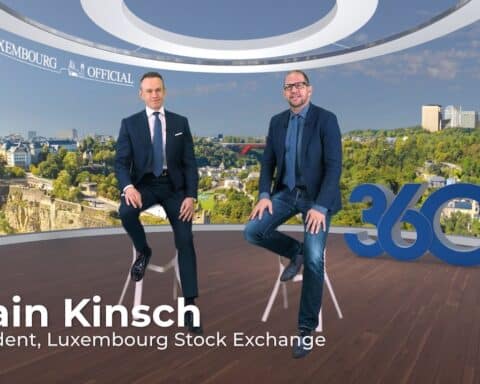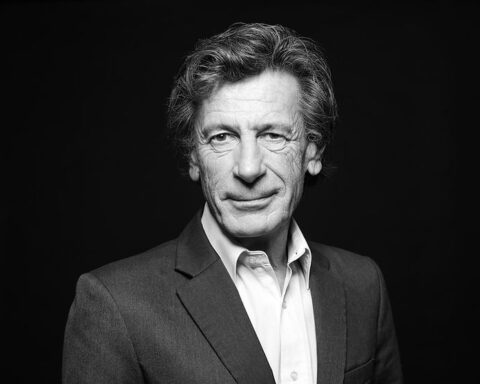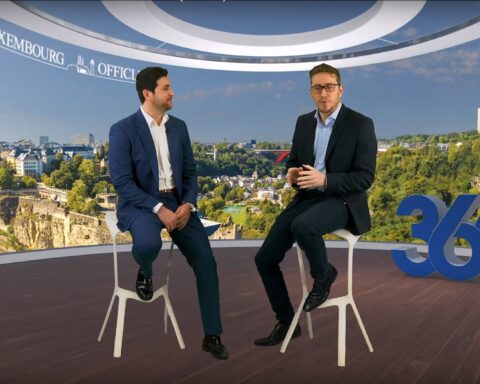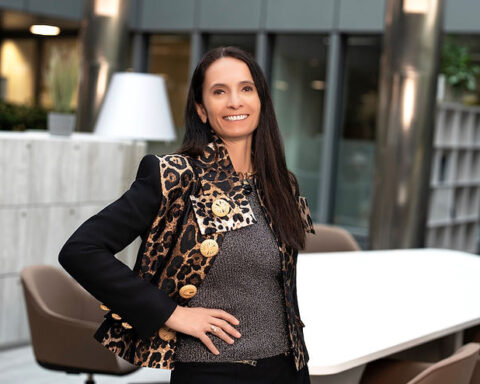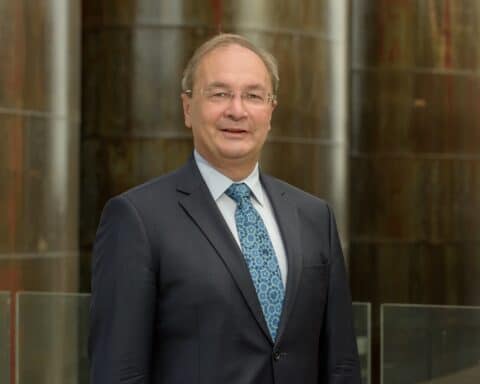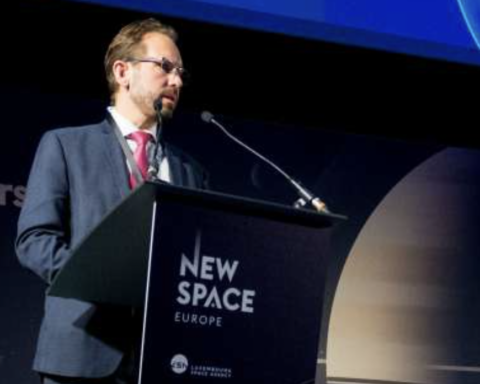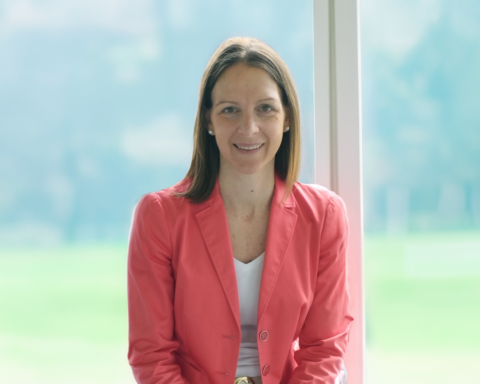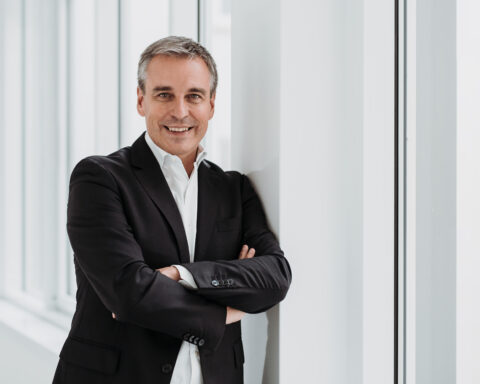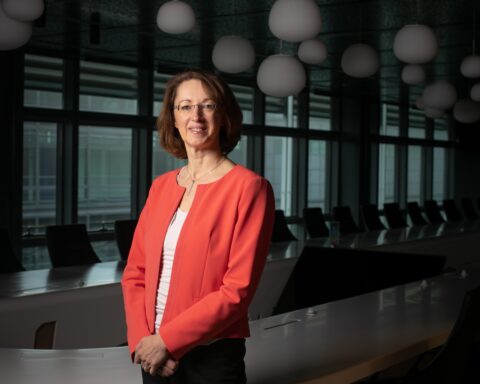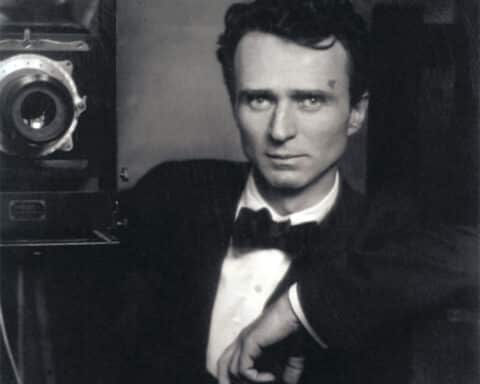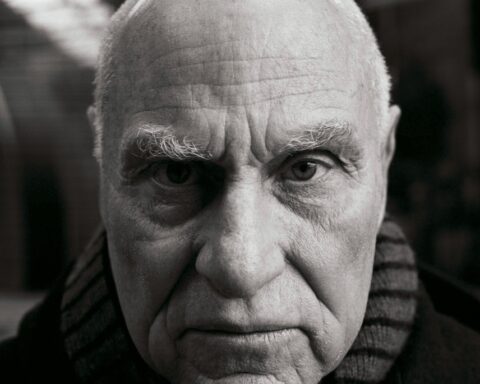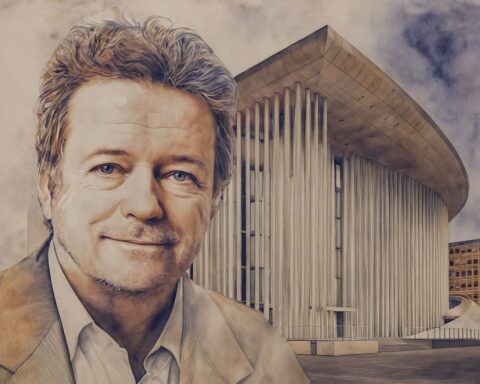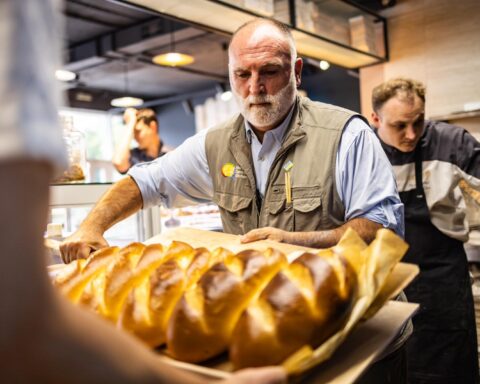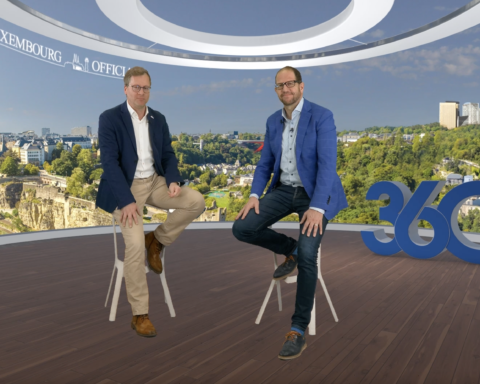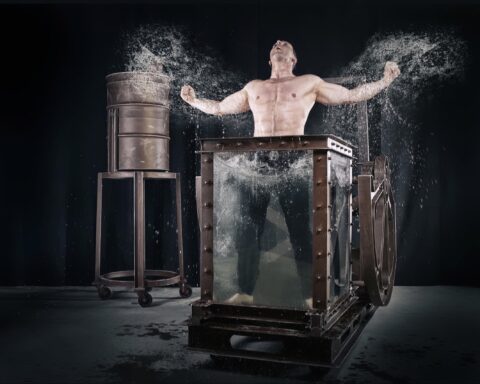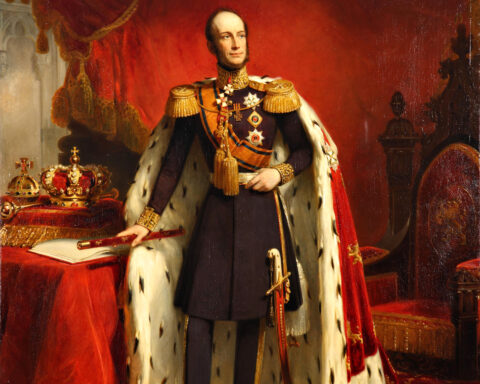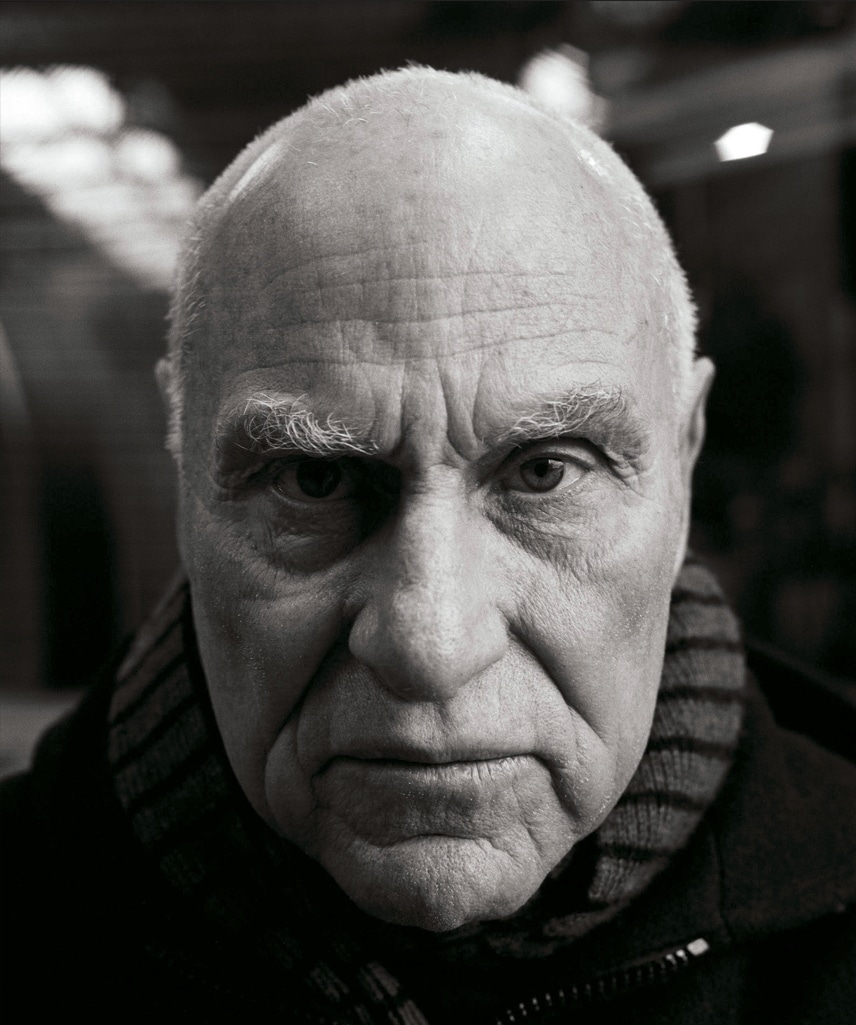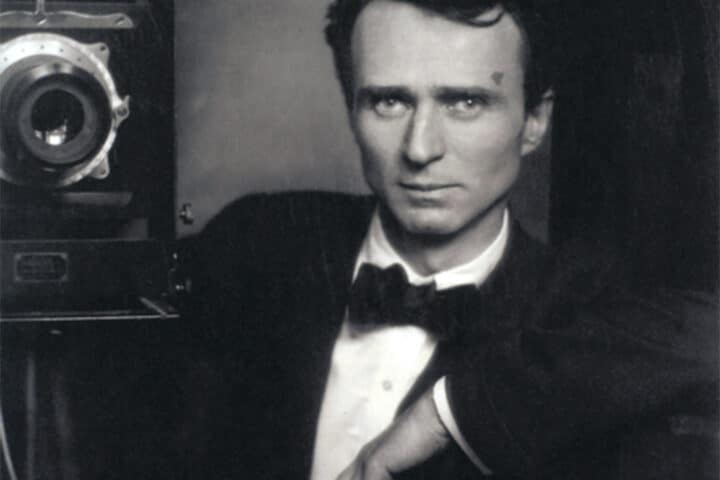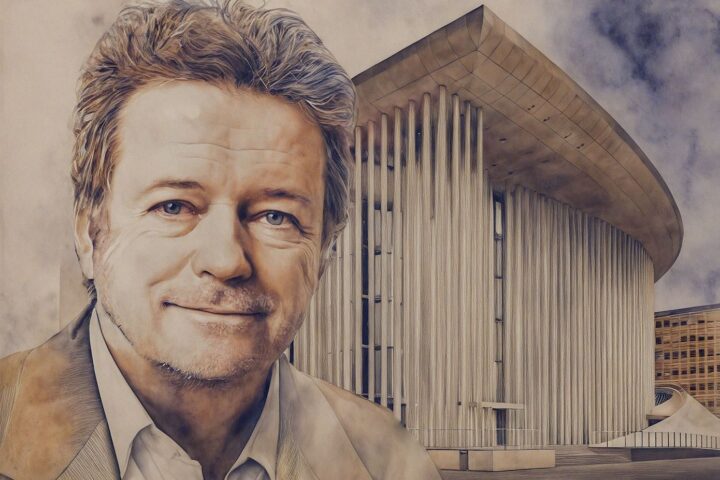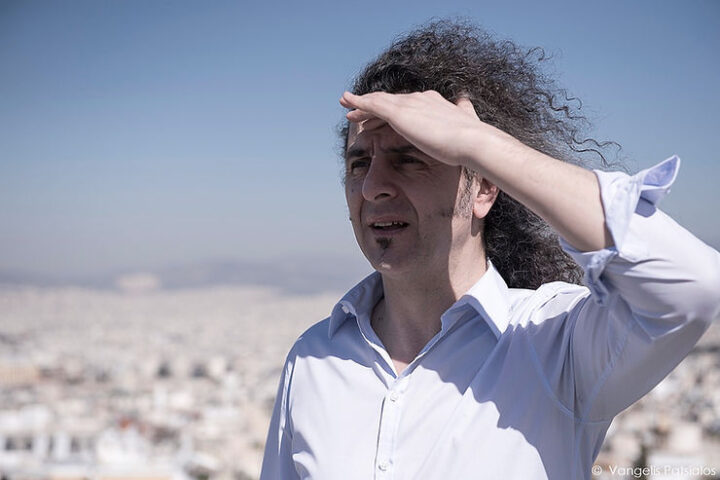The legacy of Richard Serra, who died in March, is vast. Not only did he produce a colossal catalog of works, but many of his artistic creations were huge, akin, in some eyes to ancient monuments and cathedrals. A defining feature of his conceptions was his use of landscape and his choice of uncompromising materials.
Who was Richard Serra?
Born in San Francisco in 1938, an abiding memory defined the four-year-old’s artistic future. His father worked in a shipyard where Richard was taken to see the launch of a tanker. Against the stark, geometric lines of the Gold Gate Bridge’s steel girders, he recalled the steel vessel being, “As big as a skyscraper.” As the ship thundered down the slipway, its mass was transformed from a stationary monolith to its graceful, floating purpose. Serra was to write later that at that moment, “All the raw material that I needed is contained in the reserve of this memory which has become a reoccurring dream.” Despite this dramatic introduction to form and structure, Serra earned a degree in English before he embarked on his artistic career.
What were the influences on Serra’s work?
Much of Serra’s most famous work is defined, in part, by the industrial materials he used to create them but also by their impact and position in the landscape. Reminiscent of ship production he used raw materials like cold-rolled steel forged in mills as well as rubber, latex, and neon. However, his written work, Verb List, created in 1967, drew attention to the processes he used to manufacture his work. Verb List included words such as “to roll, to curve, to hang, to encircle.” These are all terms applied to techniques he used in his creations. Serra said of Verb List that he had compiled “Actions to relate to oneself, material, place, and process.”
“All the raw material that I needed is contained in the reserve of this memory …”
What was Richard Serra’s link to Luxembourg?
Serra’s steel sculpture “Exchange,” encompasses much of what is renowned in his work. “Exchange” marks the beginning of the Kirchberg district and the Boulevard John F. Kennedy and is located on the traffic circle named Serra at the entrance of Luxembourg City. Standing some 20 meters high, it comprises 37.5 tonnes of weathered steel plate. Known as Corten steel, Serra’s raw material for this work was created for heavy-duty industrial use and is distinguished by its tensile strength and corrosion resistance. Serra was said to be as tough and uncompromising as the materials he used in his works.

